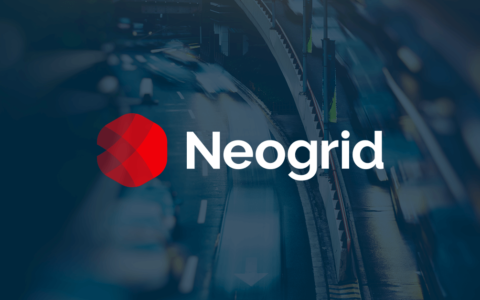
To keep pace with present day challenges, supply chain executives must stay up to date with tomorrow’s hottest innovations. With that in mind, we’ve identified five supply chain trends to watch out for:
1. Collaboration to take center stage
Already, companies are reducing the number of suppliers, the idea being to put more eggs in one basket to allow the companies to leverage different incentives or procurement tiers. Over the next few years, there will be even increased collaboration efforts as companies take to strategies such as collaborative distribution, cooperative sourcing, and reverse logistics to further improve efficiency and reduce costs.
2. End-to-end visibility also a priority
According to a recent study by the Aberdeen Group, improving visibility within the business and across the supply chain has been identified as a priority by 85% of global supply chain executives. Improving visibility is seen as a way of boosting supply chain agility and responsiveness, which can in turn help to increase customer satisfaction.
3. Big data, big decisions
The latest World Economic Forum study predicts that there will be over 50 billion internet-connected devices by 2022. This will lead to explosive amounts of data in the form of social media content, emails, e-commerce “buy” buttons, and everything in between. Analyzing this data in real time will allow marketers to work closely with procurement and inventory so that everyone knows what to buy and when.
4. Agile is the new lean
Agile methodology is often seen as an alternative to traditional (waterfall and sequential) project management and has been widely used in software development to help developers better respond to unpredictability through iterative, incremental work cadences. In supply chain management, agile management will help to cope with unforeseen events through lightning-fast decision making. This increased flexibility, experts believe, is the only way to solve growing individualization and complexities in the supply chain.
5. Augmented Reality (AR) is the future
DHL has been looking at AR and recently concluded that the technology could have a massive impact on supply chain management. Among other benefits, AR will allow organizations to visualize their next warehouses in full-scale before construction even begins. In other words, you can fully experience what you’re trying to do before actually doing it. Imagine how much money this could save your company! AR can also be used to optimize picking, loading, and truck delivery.
If you want your business to remain competitive, keep pace with these trends.
Download our cloud integration white paper to learn the five reasons S&OP belongs in the cloud.





